Visit Wuhan!
1.Yellow Crane Tower
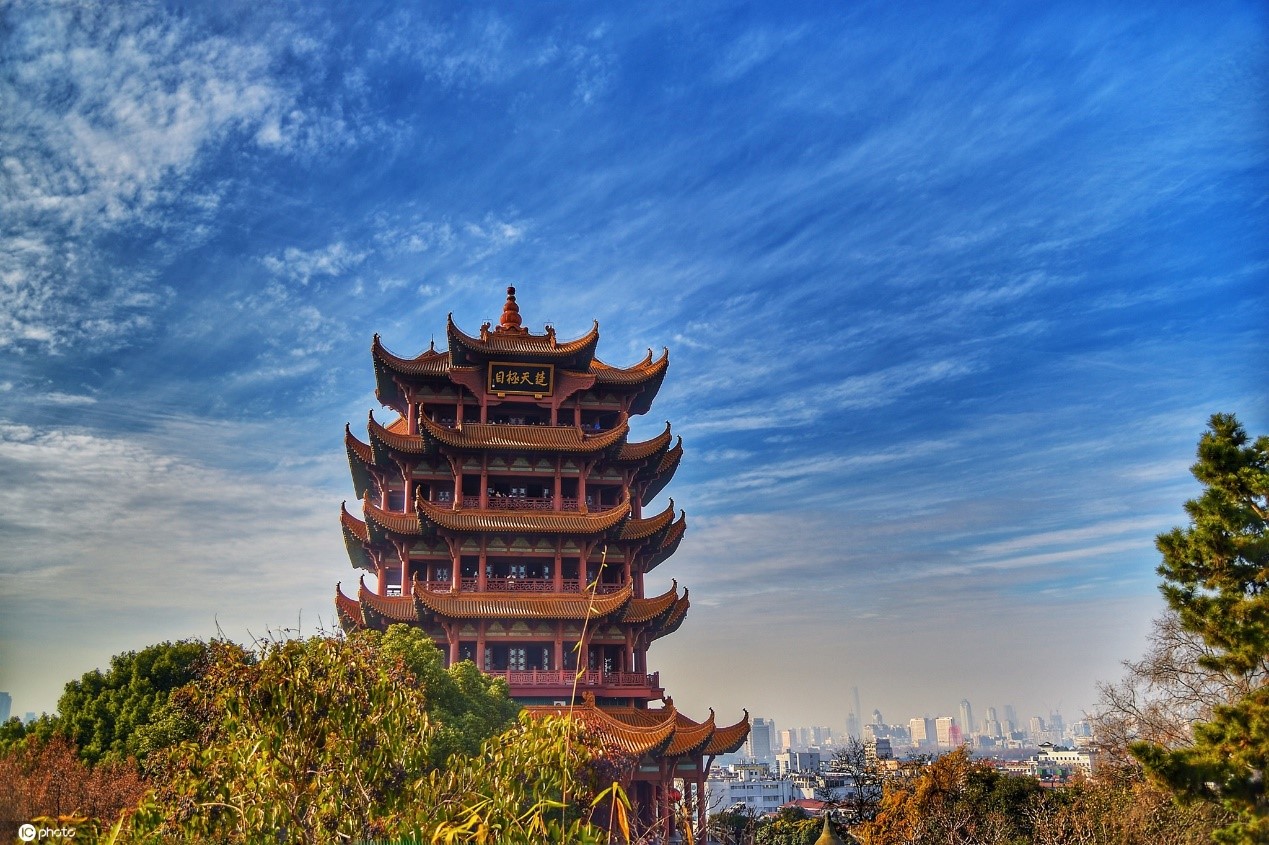
Yellow Crane Tower, located on Snake Hill in Wuchang, is one of the "Three Famous Towers South of Yangtze River (the other two: Yueyang Tower in Hunan
and Tengwang Tower in Jiangxi). Legend has it that in Wuchang, there used to be a wine shop opened by a young man named Xin. One day, a Taoist priest,
in gratitude for free wine, drew a magic crane on the wall of the shop and instructed it to dance whenever it heard clapping. Thousands of people came
to see the spectacle and the wine shop was always full of guests. After 10 years, the Taoist priest revisited the wine shop. He played the flute and
then rode on the crane to the sky. In memory of the supernatural encounter and the priest, the Xins built a tower and named it Yellow Crane Tower.
According to records, the tower was first built in 223 A.D during the Three Kingdoms period (220-280). After completion, the tower served as a gathering
place for celebrities and poets to party and compose poetry. It was estimated that up to the Tongzhi Reign of the Qing dynasty, as many as 300 poems about
the tower had been found in historical literature. Cui Hao, a famous poet during the Tang dynasty (618-907), made the tower well known throughout China with
his poem "Yellow Crane Tower".
Destroyed many times in successive dynasties, the tower was rebuilt time and again until 100 years ago when it was, for the last time, reduced to ashes.
The present tower is a complete reconstruction and is the result of four years of work beginning in 1981. Where the old tower was only 15 meters wide, the
ground floor of the new structure was increased to 20 meters wide. The tower, 51.4 meters high, is five-storied with yellow tiles and red pillars, overlapping
ridges, and interlocking eaves, more magnificent than the old one. The new Yellow Crane Tower is regarded as the symbol of Wuhan city.
2.The East Lake
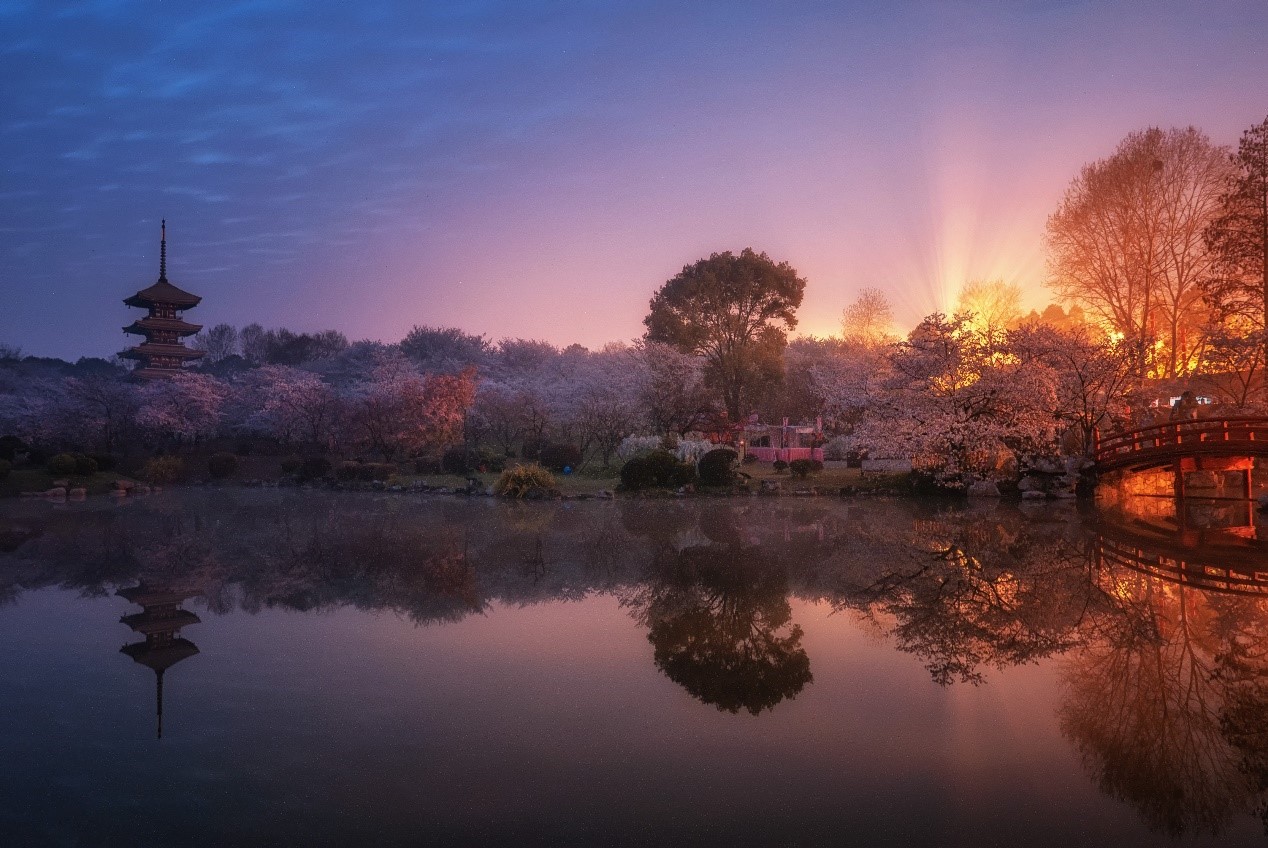
The East Lake which is located in Wuhan has beautiful landscape, unique and charming scenery. The East Lake has over 100 scenic spots which can be divided
into five major scenic areas. but now, only four scenic areas named Listening to Wave, Mo Hill, Blowing the Flute, and Falling the Wild Goose are open to visitors.
The vast expanse of water which is said to be six times the size of the West Lake in Hangzhou has 12 small lakes, more than 120 islands, over 110km of shoreline
twists and turns, then 34 rolling peaks around, and 10,000 mu of lush forest. The lake looks like a mirror, and the picturesque mountains look like the screen.
The scenery of East Lake is very attractive throughout the year. Everything is full of life and vitality in spring with singing birds and fragrant flowers. People
raft on the lake in summer refreshingly and pleasantly. The mountains are covered with red autumn leaves in autumn and the orange osmanthus pervade there with the
fragrance of blossoms. In winter, migratory birds fly in the sky in winter. People would like to appreciate snow and plum trees.
3.Hubu Lane

Hubu Lane is located in Wuhan, Hubei Province, a famous historical and cultural city in China. Hubu Lane is a 150-meter-long century-old alley known as the "best
lane of Chinese snacks". And its bustling breakfast stalls have endured for decades. Hubu Lane is located in the most prosperous Simenkou in Wuchang, east of Shili
Long Street (Jiefang Road), west of the vast Yangtze River, is a food paradise surrounded by famous streets, famous buildings, and famous rivers. Hubu Lane was formed
in the Ming Dynasty, and was named after the adjacent Fantai Yamen (corresponding to the Hubu Yamen Gate in the capital). Wuhan people use "GuoZao" to name eating
breakfast, which originally came from a song in the Qing Dynasty "Hankou Bamboo Branches". Hubu Alley, famous for its "snacks", is the most famous "breakfast alley"
in Wuhan. It is a must-visit attraction for tourists to Wuhan.
4.Hubei Museum
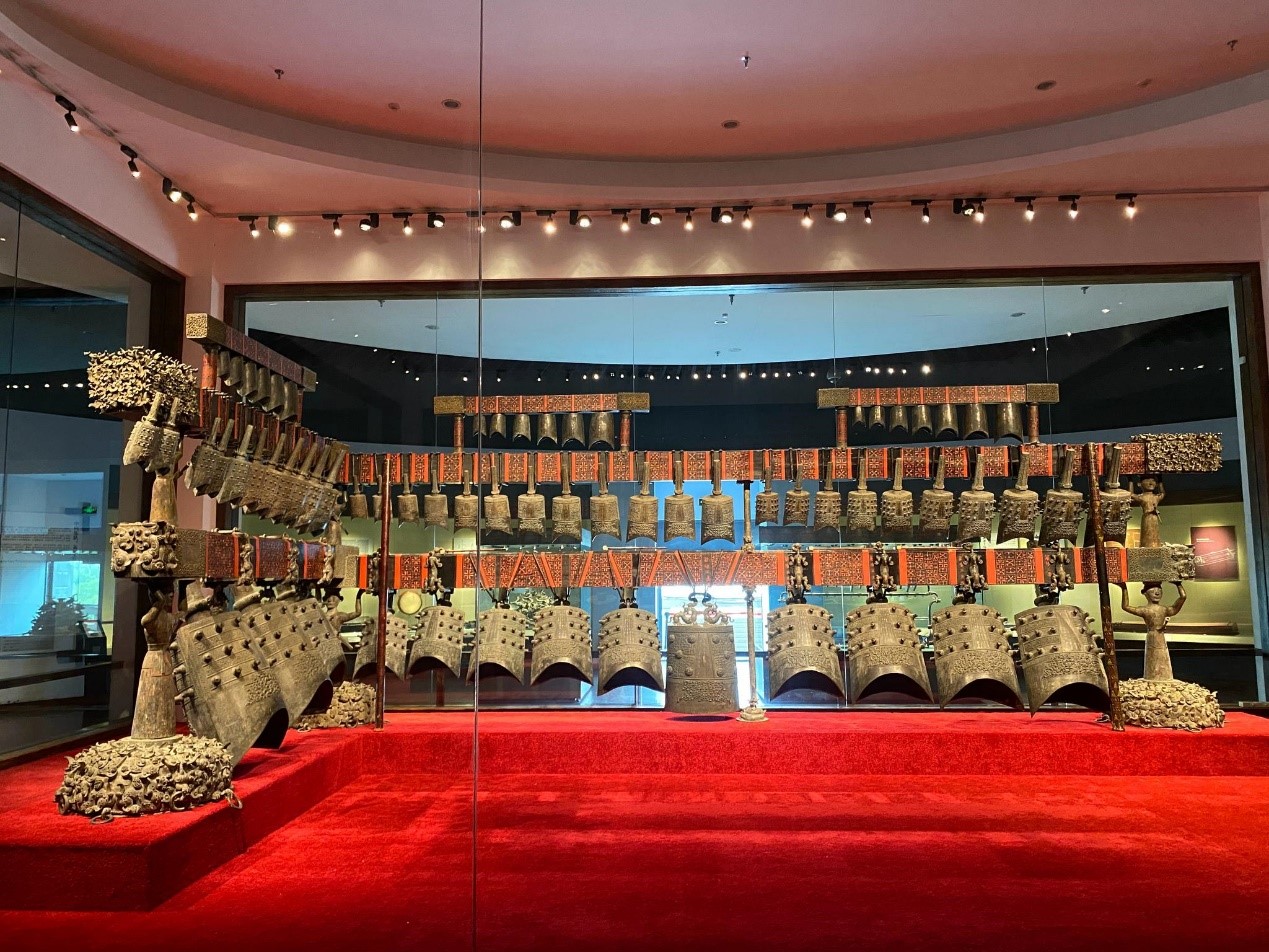
Hubei Museum is one of the eight national museums jointly built by the central and local governments in the country and a national first-class museum. The existing
collection of more than 260,000 cultural relics, known for bronze, lacquered wood, and Jian Mu, includes 16 Chinese treasure-level cultural relics and 945 national
first-class cultural relics. It covers an area of 81909 square meters, a building area of 49611 square meters, and an exhibition hall area of 13427 square meters.
It has the largest ancient musical instrument exhibition hall in China.
5.Wuhan Yangtze River Bridge
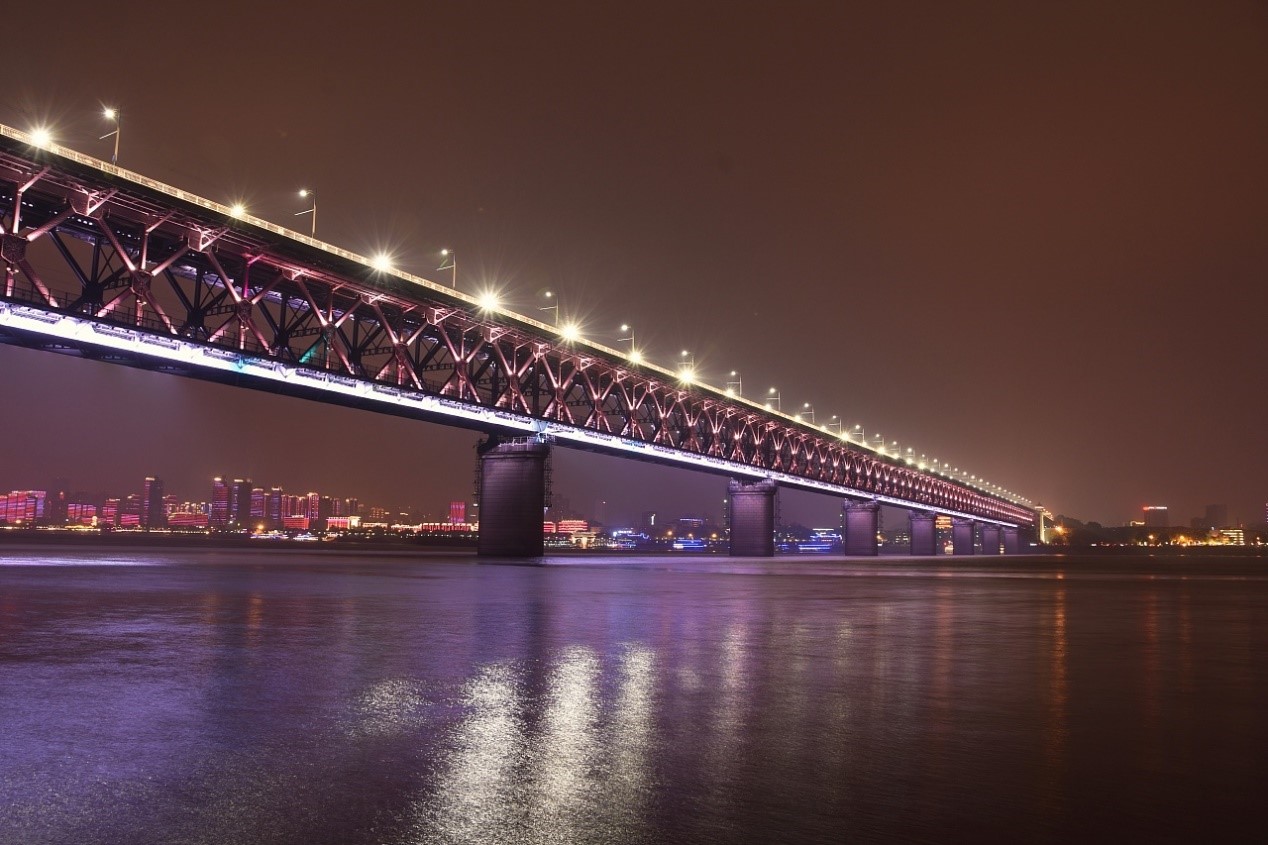
Located in Wuhan city, Wuhan Yangtze River Bridge stands between Mt. Snake in Wuchang District and Mt. Turtle in Hanyang District, which is China's first bridge
constructed above the Yangtze River and functions as the railway and road. It is known as the "first bridge of the Yangtze River".
6.Mulan Grassland
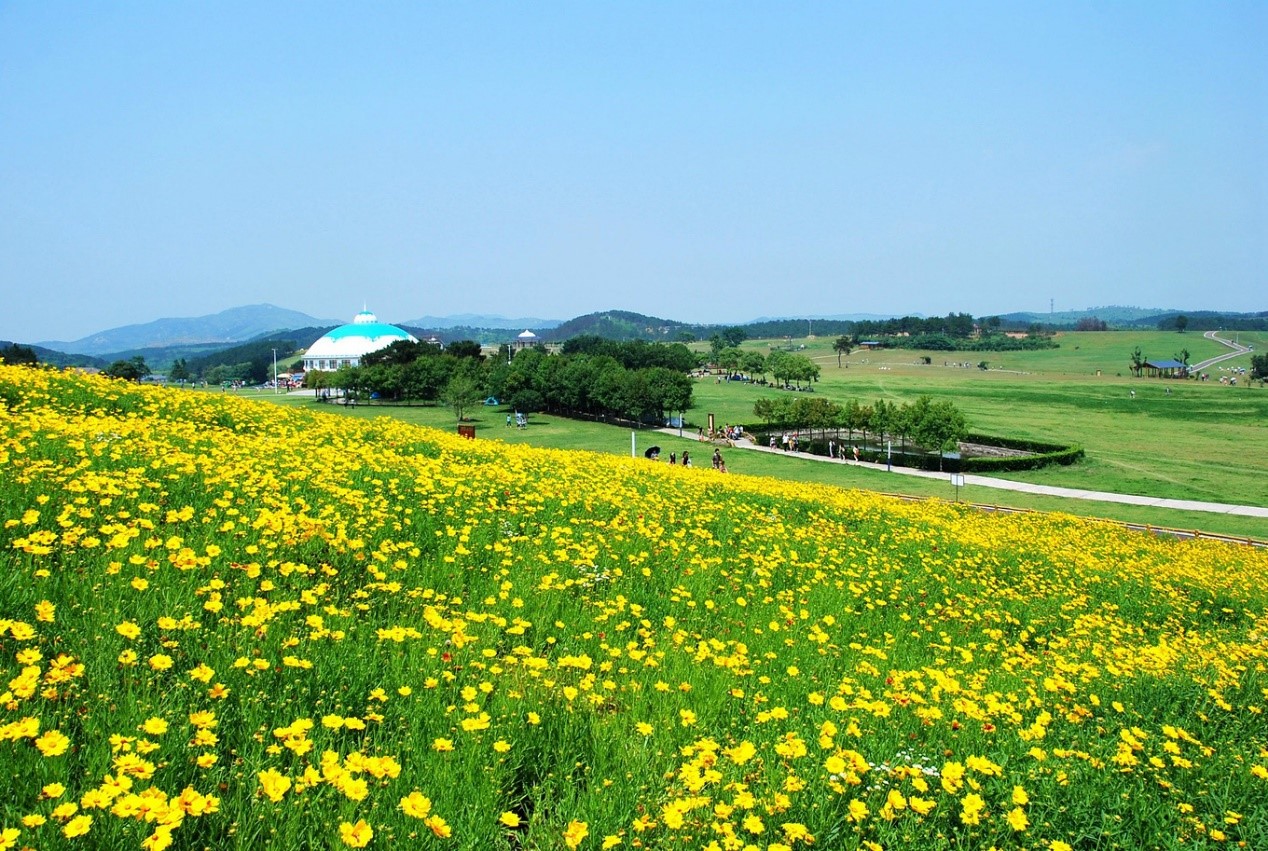
Mulan Grassland is located in Niejiagang, Wangjiahe Street, Huangpi District, Wuhan City, Hubei Province, on the east side of Mulan Mountain, south of Shengtian Farm.
It is one of the "Eight Views of Mulan", with a planning area of more than 20,000 mu, divided into grassland style tourism area and leisure resort, integrating grassland style sightseeing,
outdoor development, water recreation, business meetings, leisure, and vacation. It is the only 5A-level scenic spot in central China with the theme of grassland style.
7.the Grand Canyon Scenic Spot in Enshi
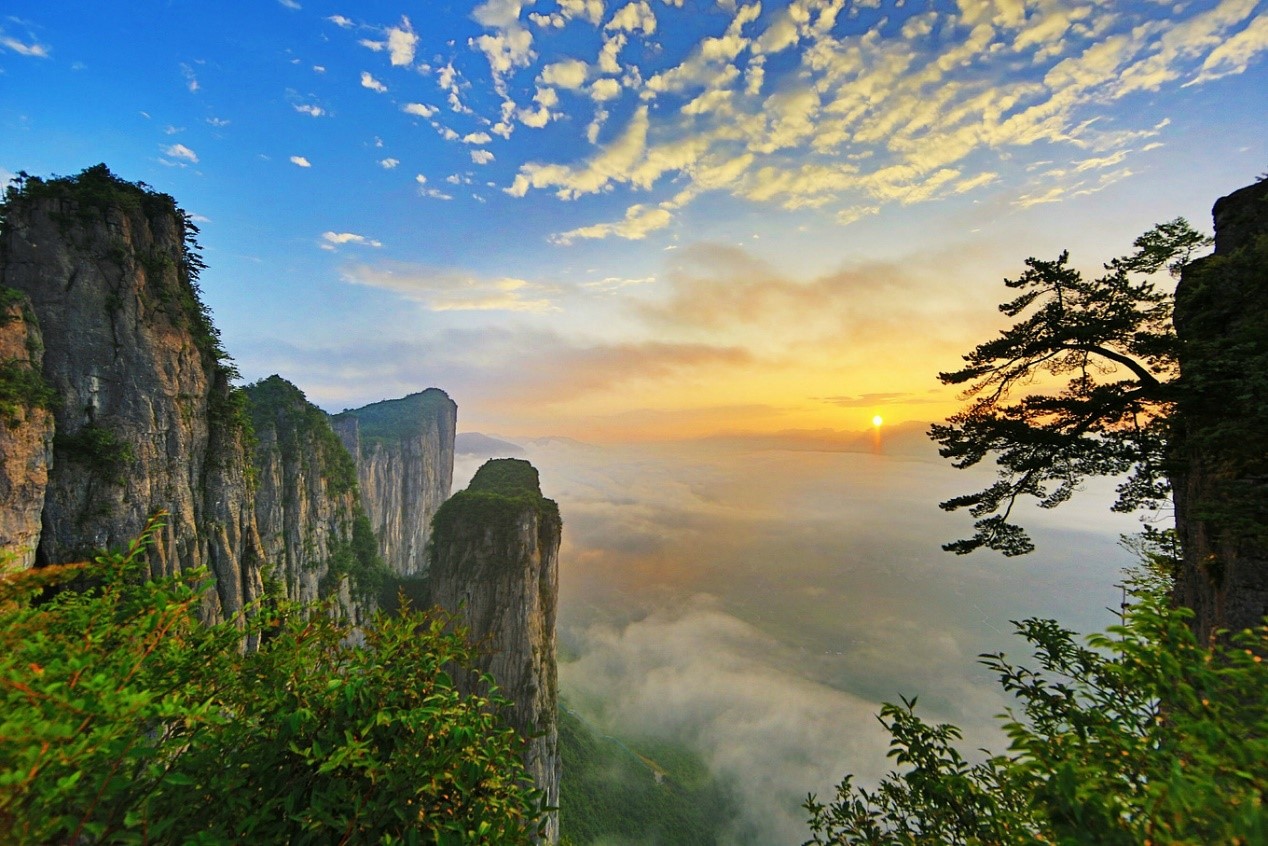
Wedged between Hunan Province, Chongqing Municipal, and Hubei Province, the Grand Canyon Scenic Spot in Enshi, China, is the most lovely stretch of Qingjiang River Basin
which is crowned as the most beautiful canyon in the world. It features ten thousand meters of cliff gallery, a thousand plunging waterfalls, a hundred soaring peaks, and
ten miles of lengthy ravine. There may be no clear winner between the impressive and graceful global geological wonders in the canyon and that in the Colorado Grand Canyon
of the USA.
Qixing Village and Yunlong Ground Fissure, two core areas within the canyon, cover 35.2squre kilometers, have been open to the public and are called the natural museum of
limestone karsts for its enough diversity, including tiankeng, ground fissure, precipice, fengcong, limestone pillars, caves, underground river, etc. which are world-class
tourism resources.
8.Mount Wudang

Mount Wudang lies in Shi Yan city, Hu Bei province. It is in the northwest part of Hubei and is 312 square kilometers in size. Of all the mountains in Hubei, Mount Wudang is
the most famous, there are a lot of tourists coming here everyday. lt is easier to come here now than before because people can take the plane.
lt is famous for its Chinese traditional culture :Taoism, and for the Taoist buildings.36 of those buildings are still there, and they were mostly built during the Ming Dynasty. All these are the
symbols of Chinese culture.
Why do so many people spend their holidays here? The main reasons are that they want to see the true beauty of nature and to remember the traditional Chinese culture.
9.Shennongjia Forestry District
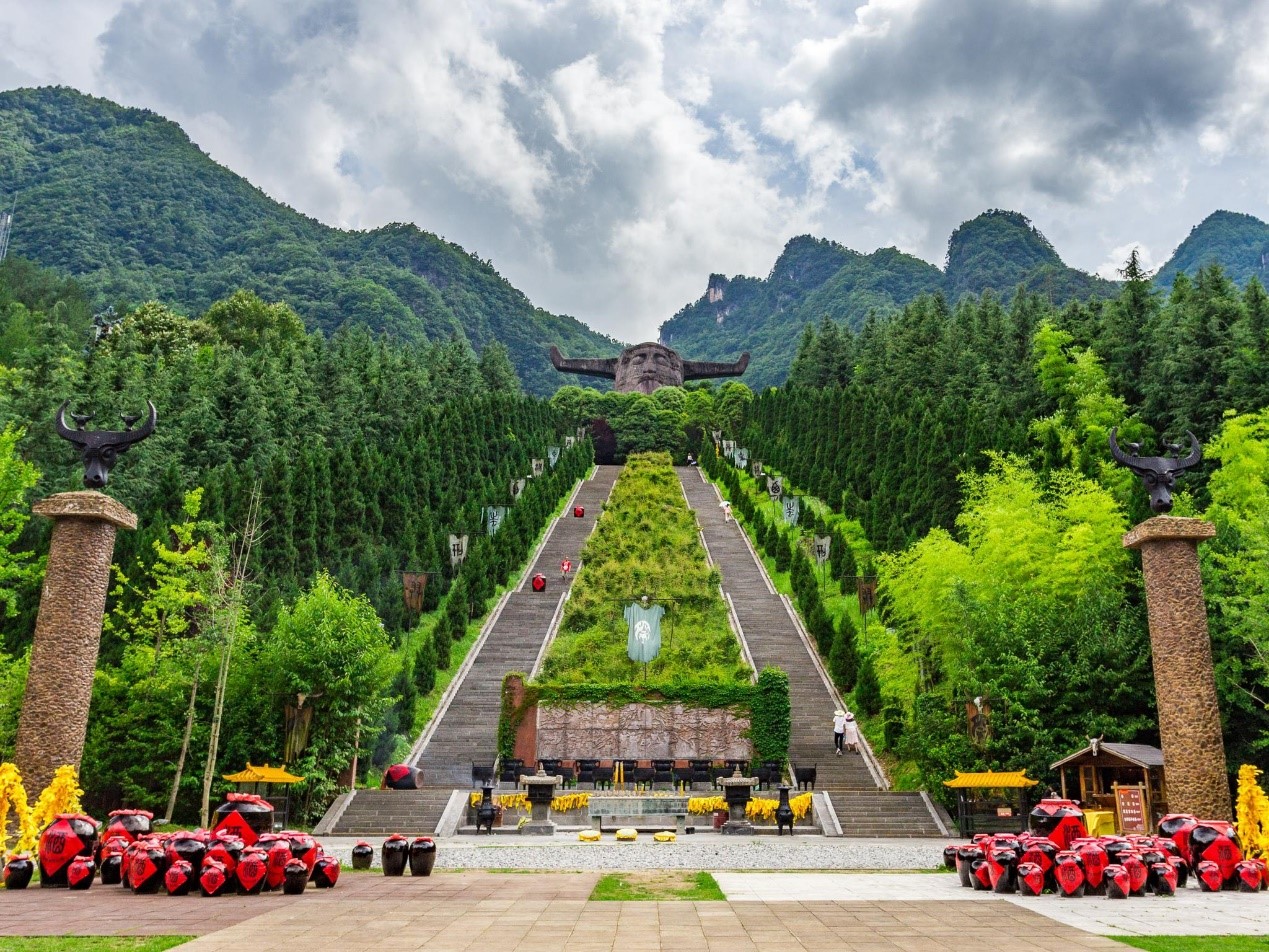
Shennongjia Forestry District is located in the northwest of Hubei province, which is bounded by Mountains series, covering a total area of about 3250 sq km. It is the single region
in the name of 'forest area'. The forest fraction of coverage is 69.5 percent. It borders on Xiangyang, Shiyan, Yichang and Wanxian county of Chongqing city. The ridge extends from
southwest to northeast. over 3,000 square kilometers. The tourist resources provide an array of attractions: the primitive forests, mountains and valleys, brooks and waterfalls, rare
animals and plants, as well as the mysterious “savages". It is said that more than 200 locals have witnessed the savage in person in the past 30-odd years. The above legeng adds mysterious
atmosphere to the mountain.
10.Gu Long

Gu Long is an outstanding statesman of the Three Kingdoms period, the military strategist Zhu Geliang youth (17-27 years old) place to live in seclusion. Zhu Geliang tuck
song farm for 10 years. Zhuge Liang of the Shandong Langya people, young lost parents, after with his uncle to Jingzhou, dead uncle at the age of 17, went to Xiangyang
Longzhong, Gonggeng hard, pay attention to the world, known as "Wolong". Later Sangumaolu Liu Bei, Zhuge Liang, a comprehensive analysis of the situation in three minutes
of the world at that time, and puts forward the strategies of world domination, this is the famous "Longzhong".
Now the ancient Grand is a former residence of Zhu Geliang as the main scenic spots in the Northwest Hubei historical and cultural city of Xiangyang and Nanzhang, Gucheng
junction, with a total area of 209 square kilometers. Paleo uplift formed in heritage scenic area has been 1700 years of history, the "mountain is not high and fair; water
is not deep and clear; not broad and flat; Lin little and lush, within the scenic area surrounded by mountains, towering pine and cypress, and the scenery is quite beautiful.
The main attractions of Wuhou Temple, "Zhuge Cooper, pavilion, pavilion, tuck Gonggeng Tian Xiaohong, ancient bridge, six angle wells, the observatory etc.. In 1994 by the
State Council approved the national 4A level scenic spots.



